Should you dry your clothes outside if you have hayfever? Allergy specialists warn sufferers to steer clear of this 'major trigger'
Doing so can trigger asthma, coughing, itchy eyes and more
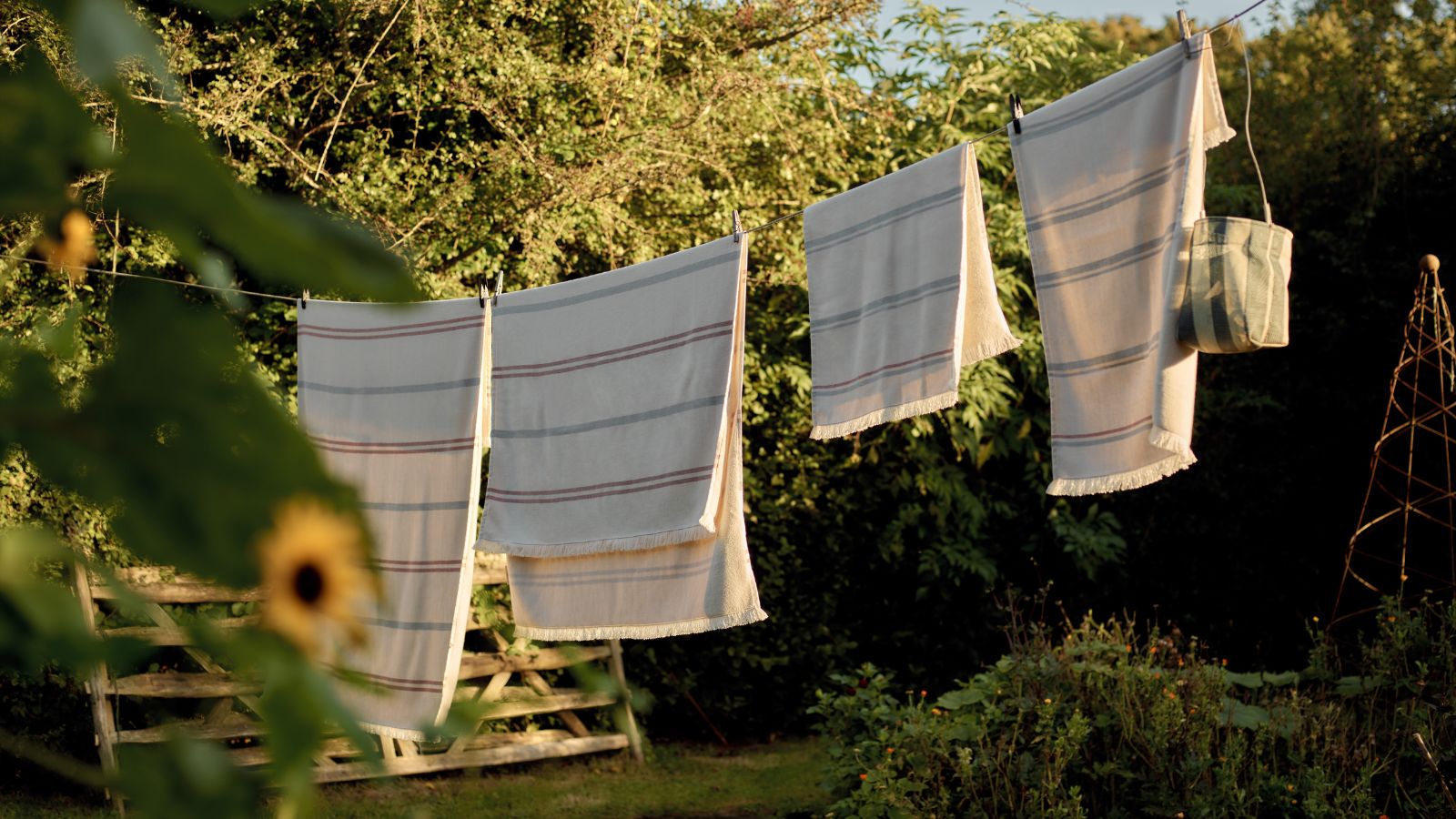
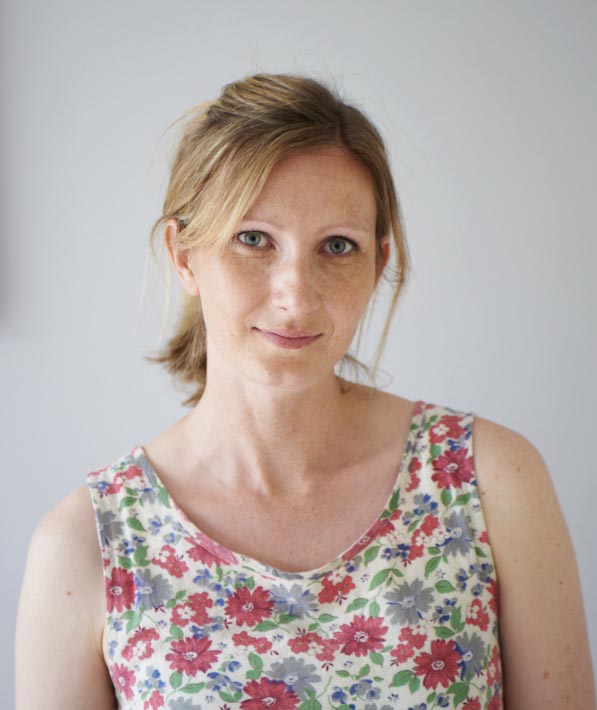
With May just around the corner, bringing with it copious sunshine and Asthma and Allergy Awareness Month, it's the perfect time to ask if you should dry your clothes outside if you have hayfever.
Whilst there are so many benefits to air drying laundry, allergy experts agree this can exacerbate things for those with those pesky seasonal allergies, leading to extra attacks, sneezing, watering or itchy eyes and more uncomfortable reactions.
We've asked doctors for their advice on whether drying your clothes outside is a big yes, or a big no if you suffer from pollen-induced reactions.
Should you dry your clothes outside if you have hayfever?
In short, no. Air drying your laundry outside can exacerbate asthma and allergy symptoms and make people with sensitivities to pollen feel endlessly and unnecessarily unwell.
Dr. Emma Lin, a pulmonary and sleep medicine physician and co-founder of Ready02 doesn't advise drying clothes outside. She says, 'If you have a patient with hayfever, it's a major trigger. I've had numerous patients present with non-stop sneezing, clogged noses, and coughs, only to discover their fresh laundry was introducing allergens right into their home.'
Since 1984, the Asthma and Allergy Foundation of America (AAFA) has declared May to be National Asthma and Allergy Awareness Month. For more information, as well as expert asthma and allergy resources, visit aafa.org.
Whilst harnessing the natural stain removing power of sunshine can be so handy, such as when sun bleaching to remove stains on white shirts, if you suffer seasonal allergies, you're better off giving this laundry tip a miss.
'No you shouldn’t as the clothes can pick up pollen particles,' agrees Dr. Purvi Parikh, allergist and immunologist for Allergy & Asthma Network. 'It's best to dry clothes indoors with windows closed. We always recommend all pollen sufferers to change their clothes and shower when they get home.'
Our experts look at the reasons why drying your clothes outside if you have hayfever isn't a good idea.
1. Pollen accumulation
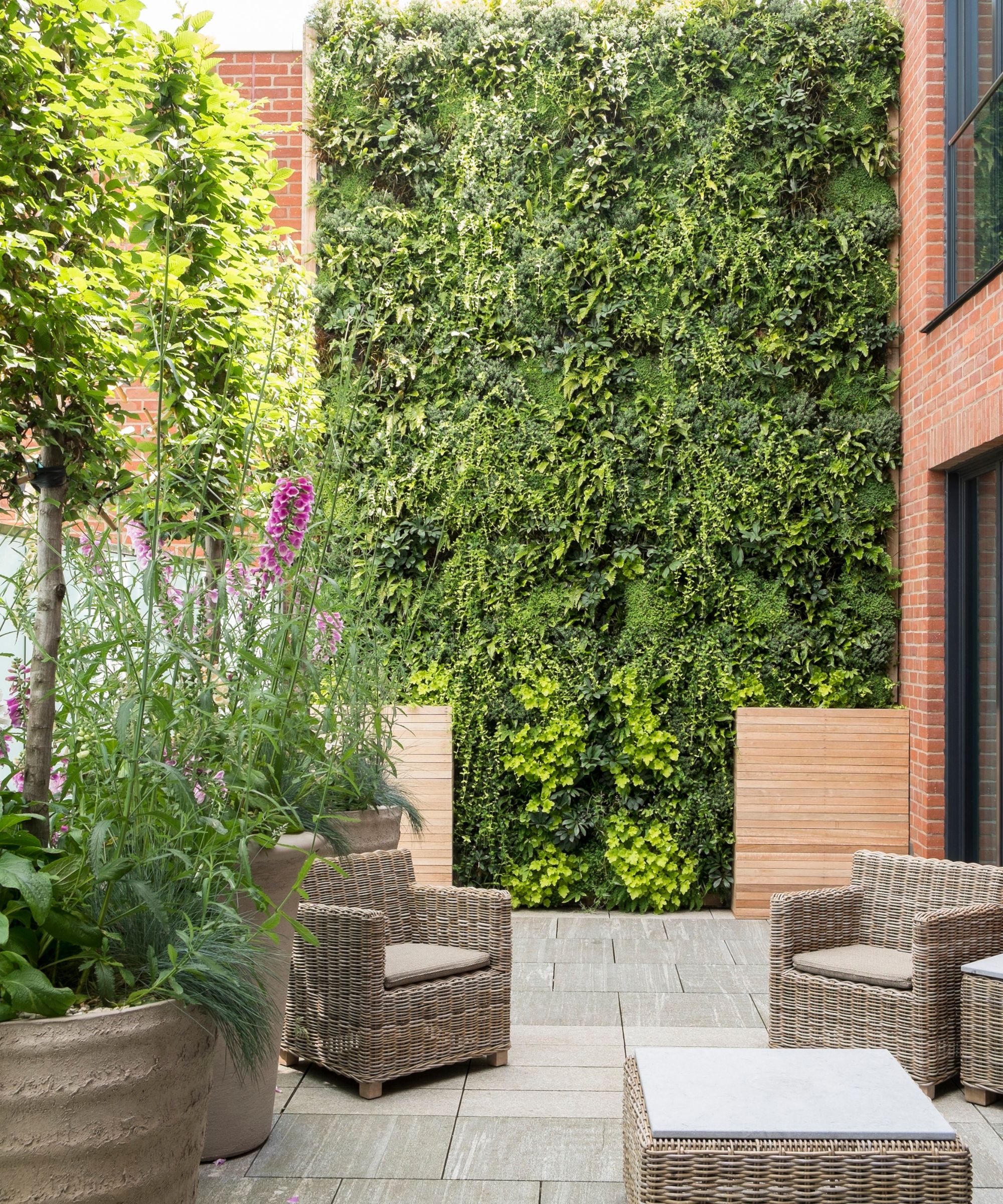
If you do suffer from allergies, keep your landscaping as simple as possible.
During high pollen season, pinpointed by The American College of Allergy, Asthma & Immunology (ACAAI) as beginning in February and lasting until the early summer in most states where tree pollination is concerned, there's a risk of it accumulating seasonal allergens on fabric and clothing dried outside.
Later in the spring and summer, grass pollen becomes a constant headache for sufferers, while ragweed in the late summer and fall is an eye-watering nuisance you're better off keeping your freshly cleaned laundry away from.
The ACAAI also explains that if your allergies kick off earlier or later, it might be as a direct results of a mild winter causing plants to pollinate earlier than usual, whilst a rainy spring can also promote rapid plant growth and lead to an increase in mold, causing symptoms to last well into the fall.
'This may have even more impact for people who live in forested or nature areas as the pollen levels will be higher than in mostly urbanized areas,' says Dr. Lopes, assistant professor of pediatrics at Case Western Reserve University. 'A parallel advice we give patients and families is to remove their clothes and take a shower when coming back inside the house after a day with high pollen, as that can also reduce the level of pollen exposure.
Pets can also bring pollen in, so it's a good idea to give them a warm hose down before they enter the house. Thousands of happy Amazon customers swear by their allergen spray, which reduces the number of airborne allergens in your home and particles on your surfaces with natural ingredients.
The product is lab verified to reduce major allergens by attracting and attaching to pollen and other allergens such as pet dander and then neutralizing their impact.
2. Increased exposure
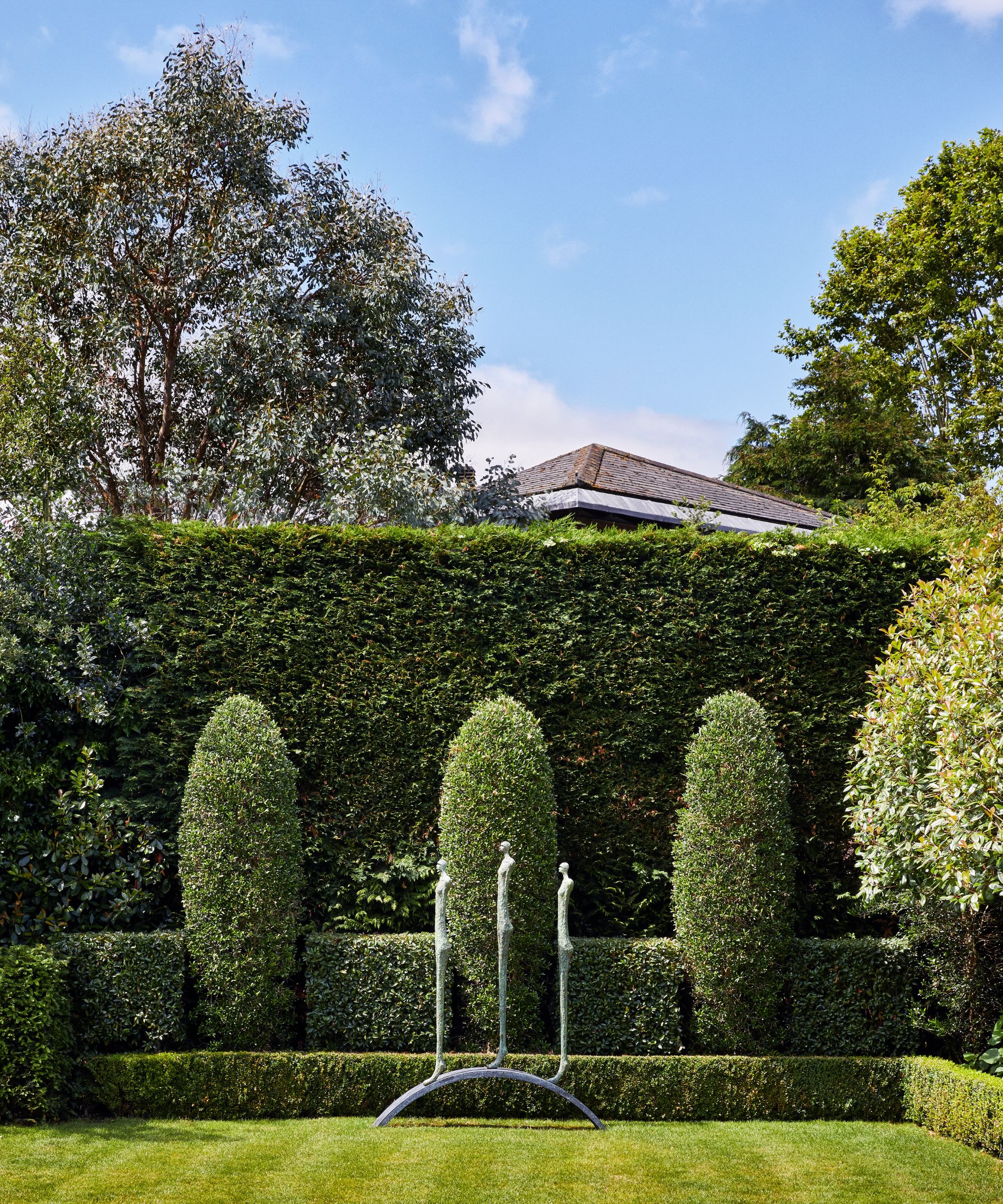
Certain flowers are more prone to causing hayfever than others like sunflowers and chrysanthemums.
There are certain times of the year where pollen can be higher than others, naturally this does depend on where you live.
Monitor the peak pollen count times, Dr. Lopes explains, 'It's definitely worth being more aware during the phases of high or very high levels of pollens, which would be Spring for tree pollens, Summer for grass pollens, and Fall for weed pollens, keeping in mind there is some overlap through different seasons for these pollens depending on the year.'
Hayfever symptoms tend to appear when the pollen count exceeds 50 grains per cubic meter of air which is considered low, whereas high is when it's around 1,000. It tends to rise in the morning and peaks around midday or early afternoon.
Amazon's smart air quality meter with Alexa can pick up potential allergens and irritants throughout the year as well as other things like chemicals and carbon monoxide and is a constant bestseller.
3. Pollen in bedding
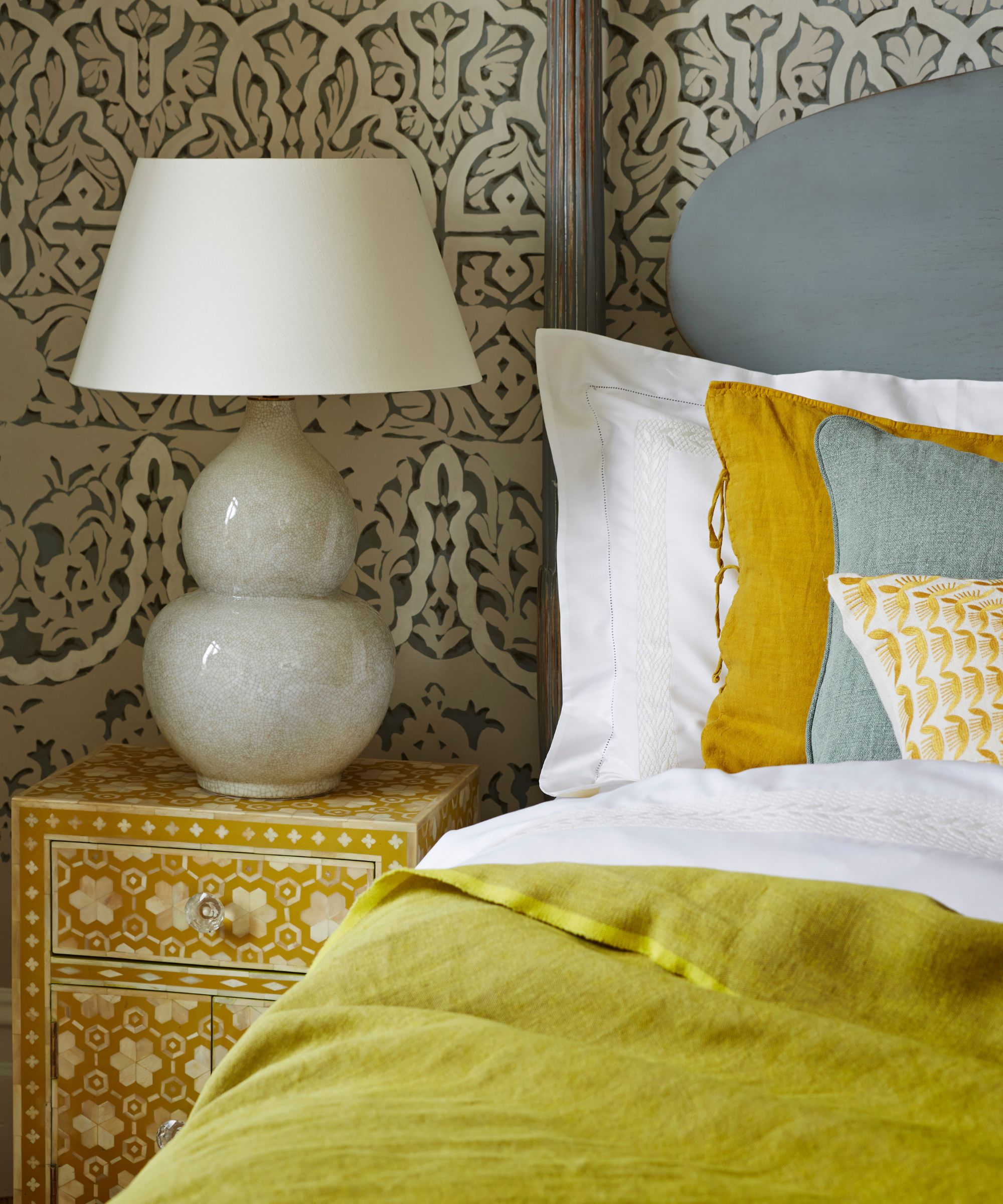
Keep your windows closed during the day in your bedroom and open at night when suffering from hayfever.
Perhaps one of the main reasons why it's not a good idea to hang washing outside is that is can get onto your bedding, causing miserable long nights of discomfort.
'When bedding is hung outside, particularly in allergy season, it will pick up microscopic pieces of pollen suspended in the air. Grass, trees, flowers, it all happens,' says Dr. Emma Lin.
'It lingers', she adds, 'And then your bedding collects pollen, you sleep in it, and breathe it. It can make people who are sensitive miserable, with itchy eyes, runny nose, sneezing, and even an asthma attack. I've seen it disrupt people's sleep, too, particularly with allergic asthma. They wake up with a cough, congestion, or just general misery.'
One of the best hayfever remedies for the home is to have your window open during the evening, as it will help to disperse particles that may have built up during the day.
Alternatives to drying clothes outside
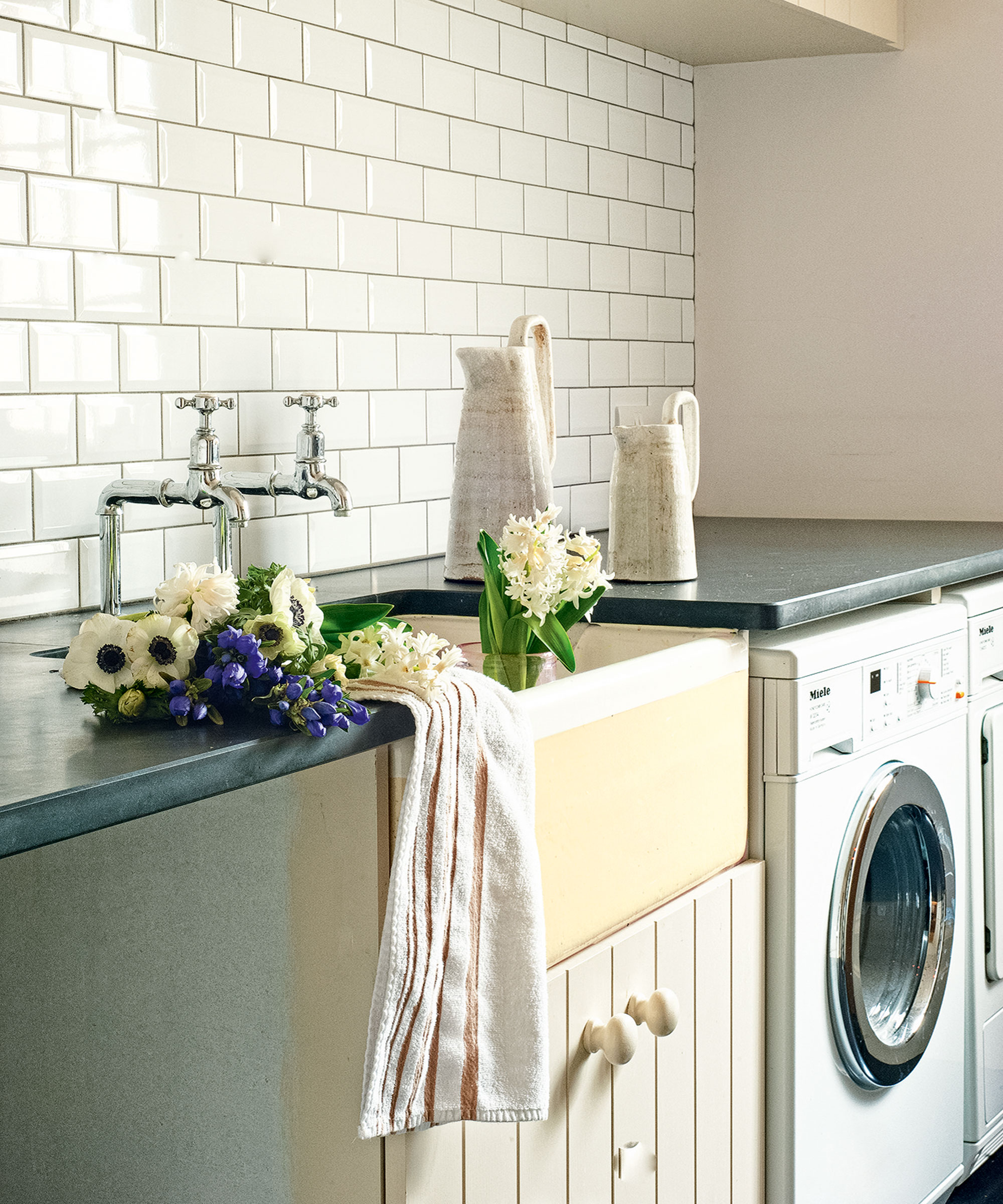
Invest in an economical dryer so you don't need to air dry your clothes outside.
There are alternatives, and it is possible to dry clothes in a small space too, 'A dryer is best, particularly one that has a good filter,' advises Dr. Emma Lin. 'Hang them to air dry if you don't have a dryer, but do it inside with good air movement. Close windows at times of high pollen, the early morning and before sunsets.'
Head of Solved, Punteha van Terheyden uses a cheap small dehumidifier from Amazon to speed up indoor air drying of clothes, bedding and towels when the pollen count is high. She says, 'I get terrible hayfever and avoid air drying on high pollen days. When I have lots of laundry to dry but don't want the extra energy cost of using the dryer constantly, I turn on my energy-efficient dehumidifier, which I bought from Amazon, and air dry indoors. It's speedy and effective.'
As we mentioned, it is still possible to bring in pollen just from being outside, Dr. Emma suggests getting a good HEPA-filtered air purifier to help clean the air inside your home. We like the Pure Zone 3-in-1 True HEPA design from QVC, which has multi-stage filtration and three fan speeds.
We've sourced our top three alternative buys for drying your clothes.
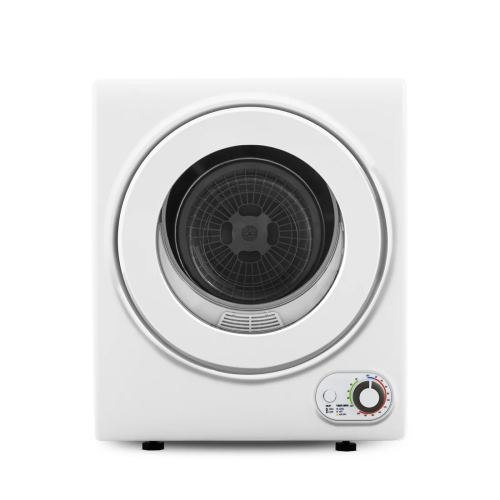
This highly rated portable clothes dryer has highly rated. It has a powerful 850W motor that can effectively dry up to 10 pounds of wet laundry. The compact size means it will fit into a small kitchen or laundry room. There are multiple drying modes for different types of materials – from delicate to heavy duty, it has you covered.

Living in an apartment or have a lack of floor space? This clever wall-mounted drying rack is perfect for drying up to six garments, or 10 lbs of laundry at a time. It has rubber wood arms on a black wall mount that can be pulled out when drying and folded up flat when not in use.

Ditch the bulky drying racks that take up floor space and consider this wall mounted indoor/outdoor retractable drying rack. You can set it up in minutes and can extend to 13.9 ft maximum. The modern design ensures it won't be an eyesore, and you can use it for everything from bedding to towels and clothes.
Meet the experts

Dr. Emma Lin is a sleep and lung physician, who treats patients who have trouble breathing or sleeping, and particularly patients with allergies, asthma, or lung disease. She co-created ReadyO2 to assist patients with breathing better and sleeping better with appropriate care and guidance.
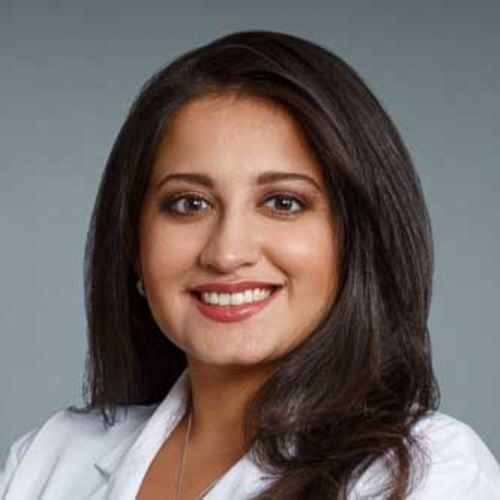
Dr. Purvi Parikh is an adult and pediatric allergist and immunologist at Allergy and Asthma Associates of Murray Hill in New York City. She is currently on faculty as Clinical Assistant Professor in both departments of Medicine and Pediatrics at New York University School of Medicine. Dr. Parikh is committed to allergy and immunology care.

Joao Pedro Matias Lopes, MD, is a clinical immunologist and allergist at UH University Hospitals Rainbow Babies & Children’s Hospital and University Hospitals. He also is an assistant professor, pediatrics, at Case Western Reserve University School of Medicine.
Not being able to air dry your clothes when you suffer from hayfever can be hard, especially during the key months when it's tempting to do it. If you do love spending time in your garden, there are some flowers that you can grow for hayfever sufferers that have less pollen.
Sign up to the Homes & Gardens newsletter
Design expertise in your inbox – from inspiring decorating ideas and beautiful celebrity homes to practical gardening advice and shopping round-ups.

Sophie has been an interior stylist and journalist for over 20 years and has worked for many of the main interior magazines during that time, both in-house and as a freelancer. On the side, as well as being the News Editor for indie magazine, 91, she trained to be a florist in 2019 and launched Flowers Inside My Head where she curates beautiful flowers for modern weddings and events. For Homes & Gardens, she writes features about interior design – and is known for having an eye for a beautiful room.
You must confirm your public display name before commenting
Please logout and then login again, you will then be prompted to enter your display name.
-
 Don't dismiss this prolific plant as an irritating weed – it's actually a climate resilient, secret superfood packed with health-boosting nutrients
Don't dismiss this prolific plant as an irritating weed – it's actually a climate resilient, secret superfood packed with health-boosting nutrientsDiscover how to grow dandelion greens for food, with advice from expert growers
-
 Should you choose your paint color or your furniture first? Trust me, there is a right order if you want a cohesive scheme
Should you choose your paint color or your furniture first? Trust me, there is a right order if you want a cohesive schemeDesign has no strict formulas. Nevertheless, there is a sensible and a not-so-sensible order to approaching designing a room – we ask the experts what comes first, paint color or furniture choice?
-
 I tried the Mexican cleaning ritual of La Limpia and spiritually cleansed my new home with a pleasing effect
I tried the Mexican cleaning ritual of La Limpia and spiritually cleansed my new home with a pleasing effectI'm sleeping better, and my home feels refreshed in multiple ways
-
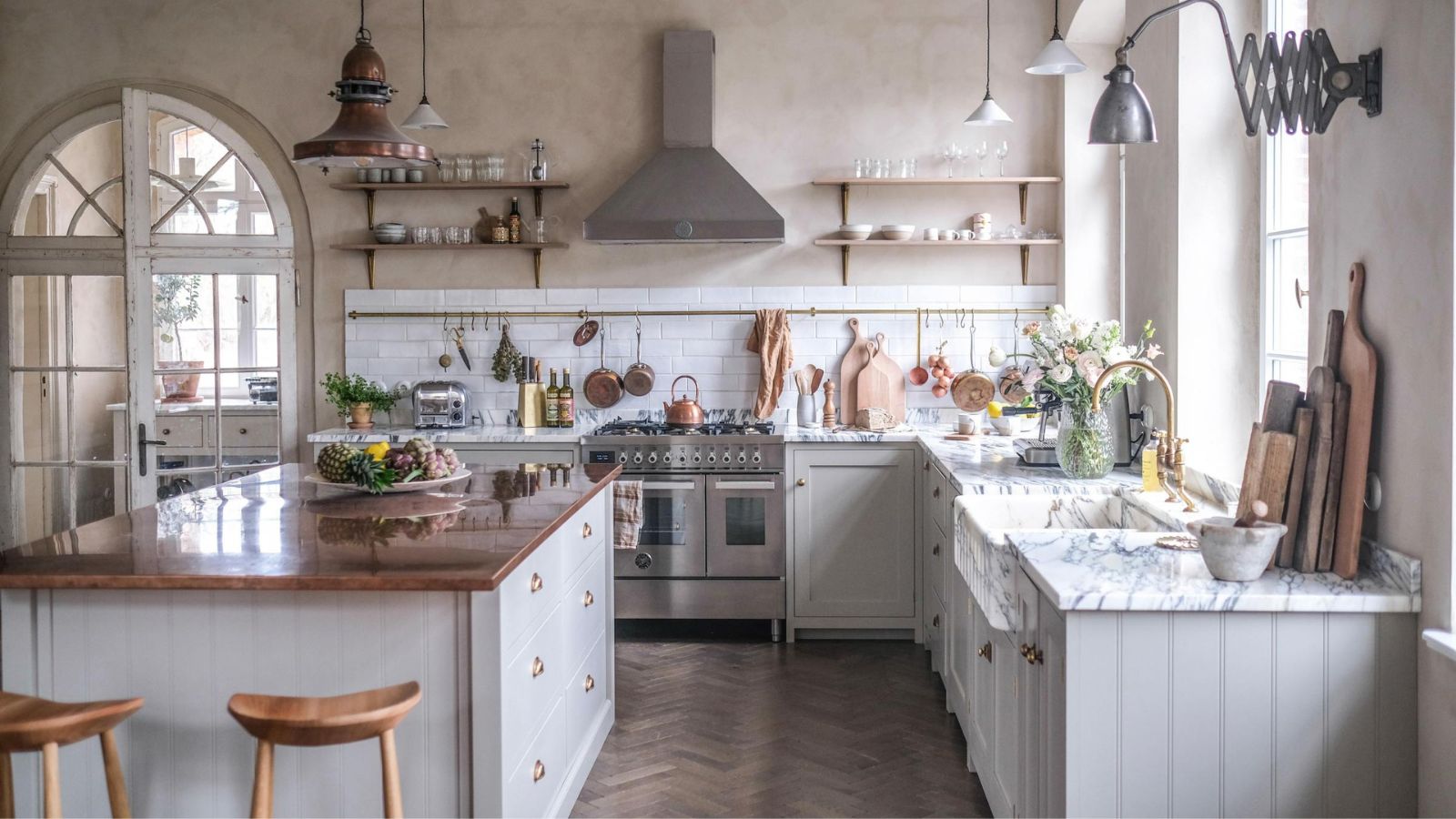 9 things you can clean with vodka – it's pH-neutral, non-toxic, and disinfectants like a dream
9 things you can clean with vodka – it's pH-neutral, non-toxic, and disinfectants like a dreamUse this cleaning wizardry all over the home
-
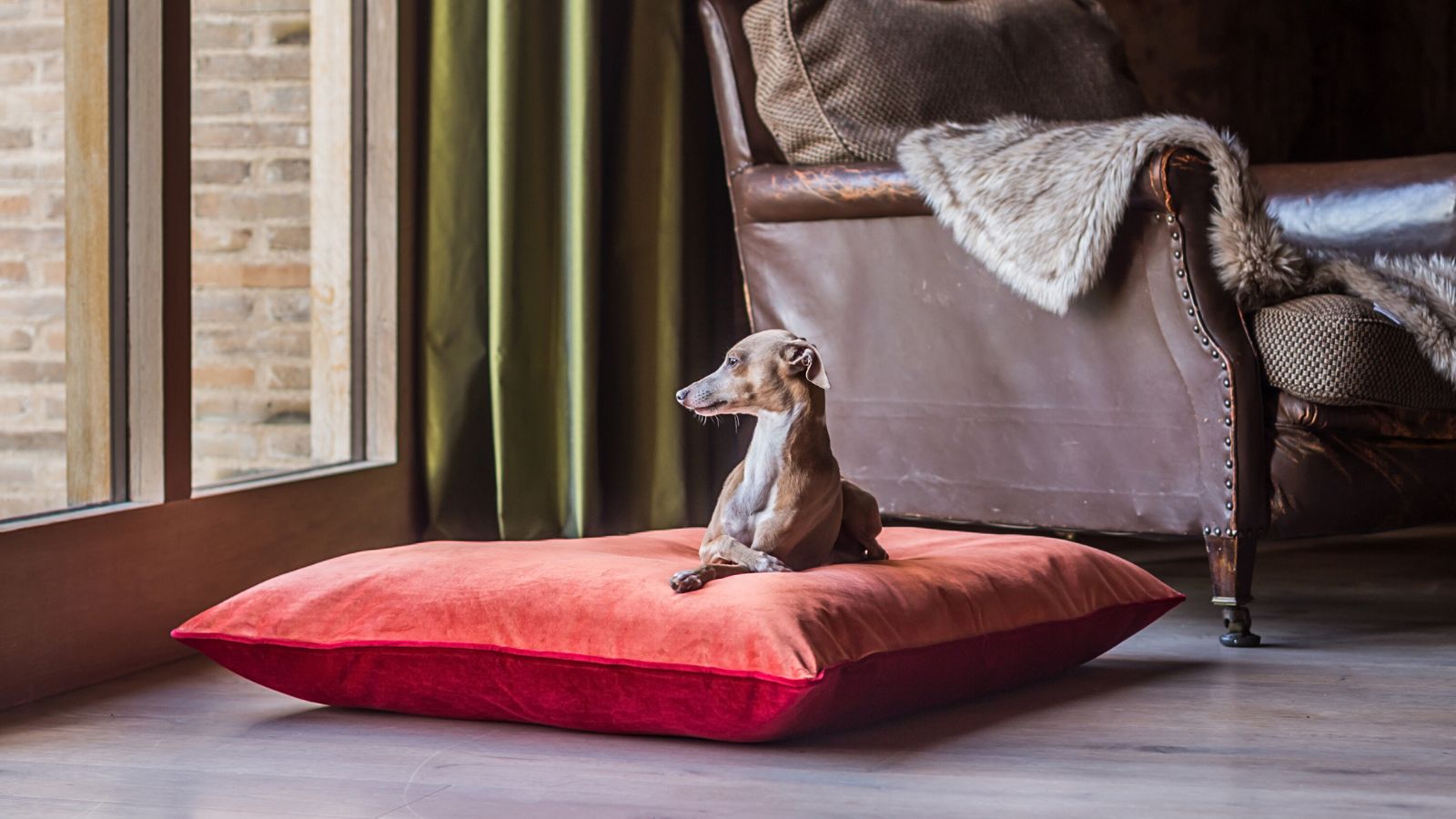 I test cleaning tips for a living, and this Velcro laundry hack is my favorite way to remove pet hair from clothes in seconds
I test cleaning tips for a living, and this Velcro laundry hack is my favorite way to remove pet hair from clothes in secondsWho knew a hair accessory belonged in the laundry room?
-
 This $4 non-toxic glass and mirror cleaner delivers a streak-free surface every time, without harsh chemicals
This $4 non-toxic glass and mirror cleaner delivers a streak-free surface every time, without harsh chemicalsThis plant-based cleaning product gets the experts' seal of approval, too
-
 This expensive vacuum is like having a toddler who doesn't finish tasks – but it does look good
This expensive vacuum is like having a toddler who doesn't finish tasks – but it does look goodI put the Roomba Combo® 10 Max robot + AutoWash to the test
-
 7 things you should never dry clean, from baby clothes to active wear, and what to do at home instead
7 things you should never dry clean, from baby clothes to active wear, and what to do at home insteadAvoid irreparable damage and setting stains, laundry experts urge
-
 The ultimate ADHD-friendly cleaning checklist – say goodbye to procrastination and easily get through chores you've been avoiding
The ultimate ADHD-friendly cleaning checklist – say goodbye to procrastination and easily get through chores you've been avoidingOur easy-to-follow daily, weekly and longer-term checklist will help if you are neurodiverse
-
 This $11 non-toxic 'magic' soap cleans everything – it's biodegradable, works great in hard water areas, and lasts for years
This $11 non-toxic 'magic' soap cleans everything – it's biodegradable, works great in hard water areas, and lasts for yearsIt can easily replace most of your cleaning products